We don’t normally comment on the political rhetoric that seems to surround electric vehicles in Australia but………
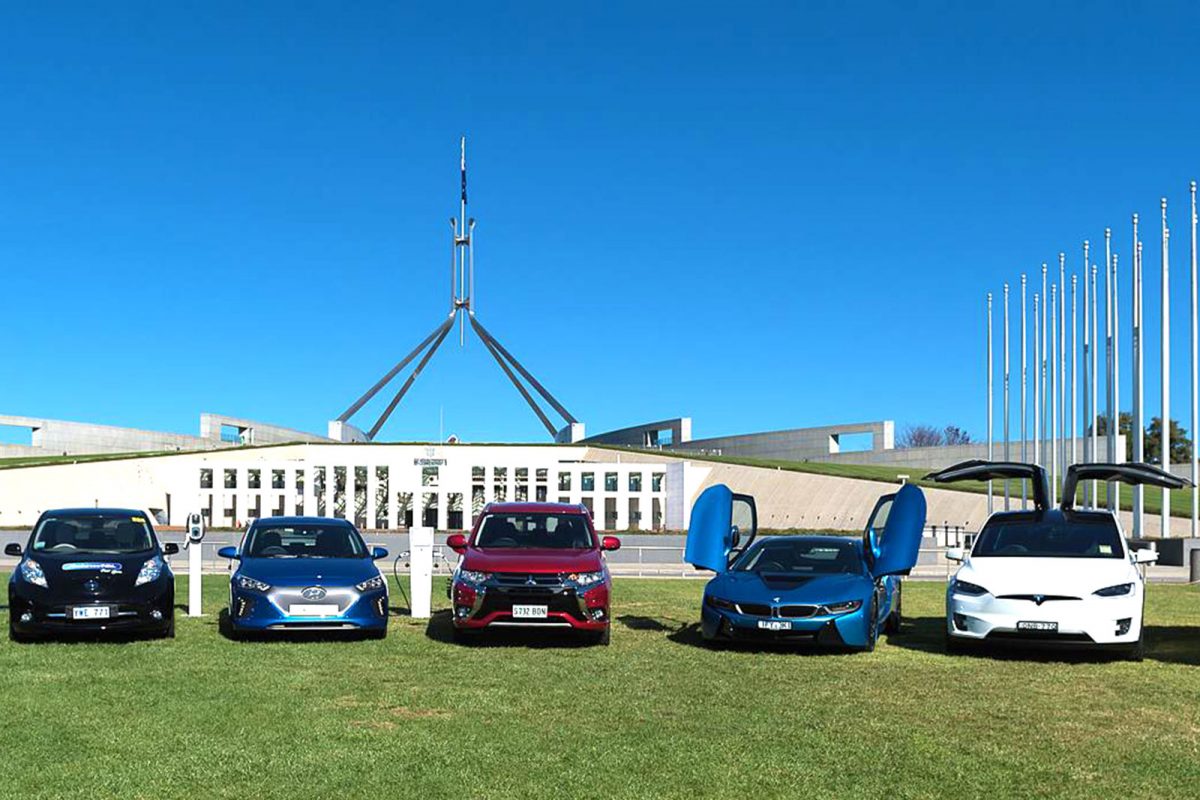
We don’t normally comment on the political rhetoric that seems to surround electric vehicles in Australia but in recent days it has reached fever pitch. The only voice of common sense I’ve heard lately is from Behyad Jafari, the chief executive of the Electric Vehicle Council.
This opinion piece by Beyhad was recently published in the SMH and he has given us permission to reproduce it. I would sincerely urge anyone who is bewildered by the simply outrageous claims being put around by various political and special interest groups to read it.
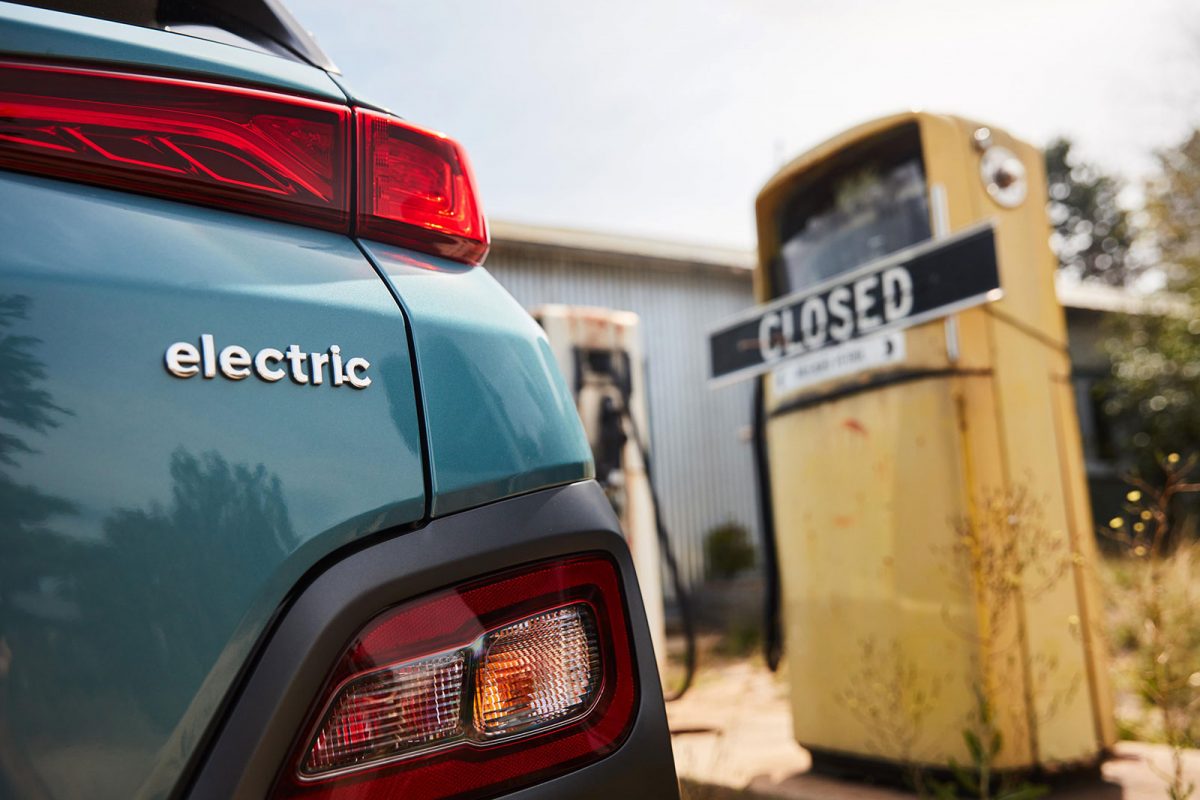
Don’t buy the scare against electric vehicles
Charging infrastructure that allows you to power up an electric car in under 10 minutes is not some laughable futurist vision. It’s existing tech. A network of charging stations that will deliver this result is already on track in Australia to link major capital cities as Energy Minister Angus Taylor should know. After all, his agency helped to finance it.
These charging stations can fully charge a vehicle in 15 minutes. In eight minutes, you can get around 200 kilometres. As vehicle efficiency increases, as it does constantly, a full charge will take between eight to 10 minutes – the figure Bill Shorten cited in his supposed “gaffe” on FM radio. So let’s put this aspect of the unedifying scare campaign lately being waged against electric vehicles to bed.
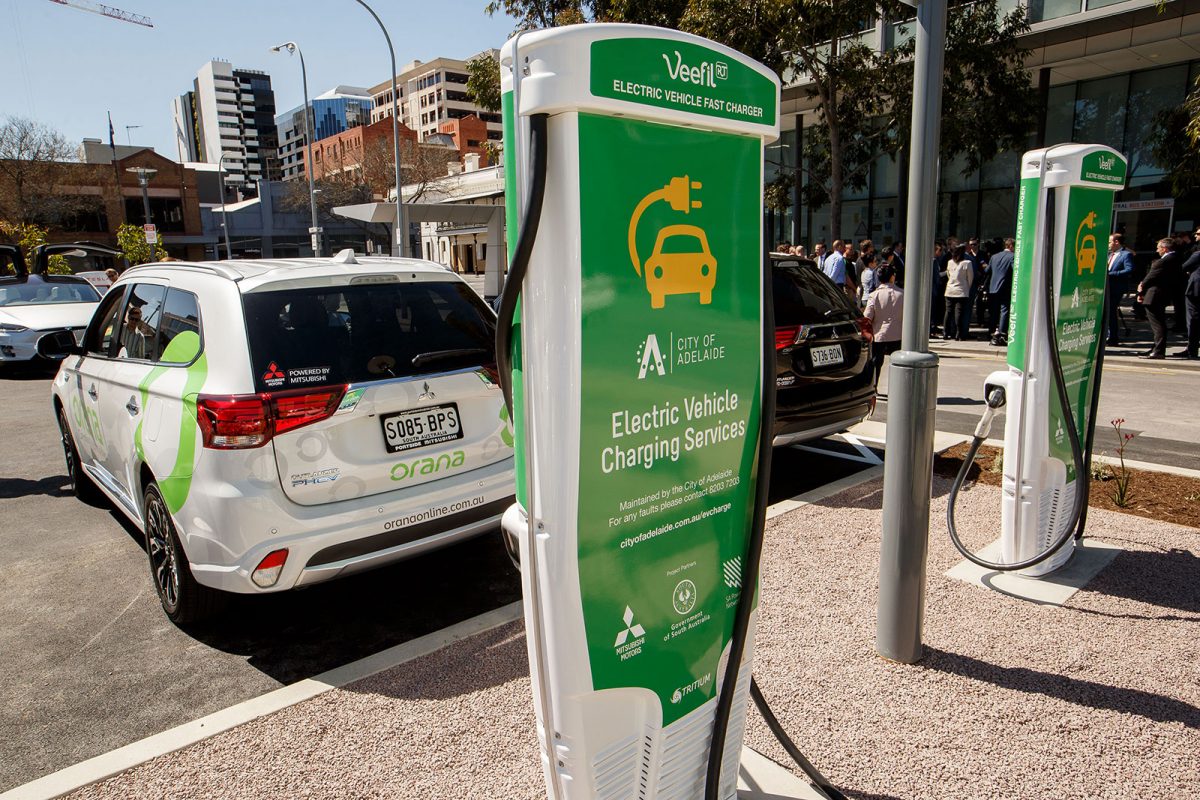
But what about the other charges we’ve heard leveled against electric vehicles since Labor announced its 50 per cent by 2030 target?
Some in the government and media have repeatedly suggested that electric vehicles are small and underpowered. This idea was colourfully expounded by Barnaby Joyce when he mused that electric vehicles weren’t suitable for driving in country areas because they would be too dangerous if you hit a kangaroo.
That would be news for drivers of the Mitsubishi Outlander Plug-in hybrid, a four-wheel drive that is the same size as its petrol model counterpart. Or the Hyundai Kona EV, which is the same size as the traditional petrol Kona. At the higher end, I don’t think you could call the Tesla Model X or the Jaguar I-PACE “small cars”. Nor would the description suit the upcoming range of SUVs from Kia, Ford, Audi, or Mercedes.
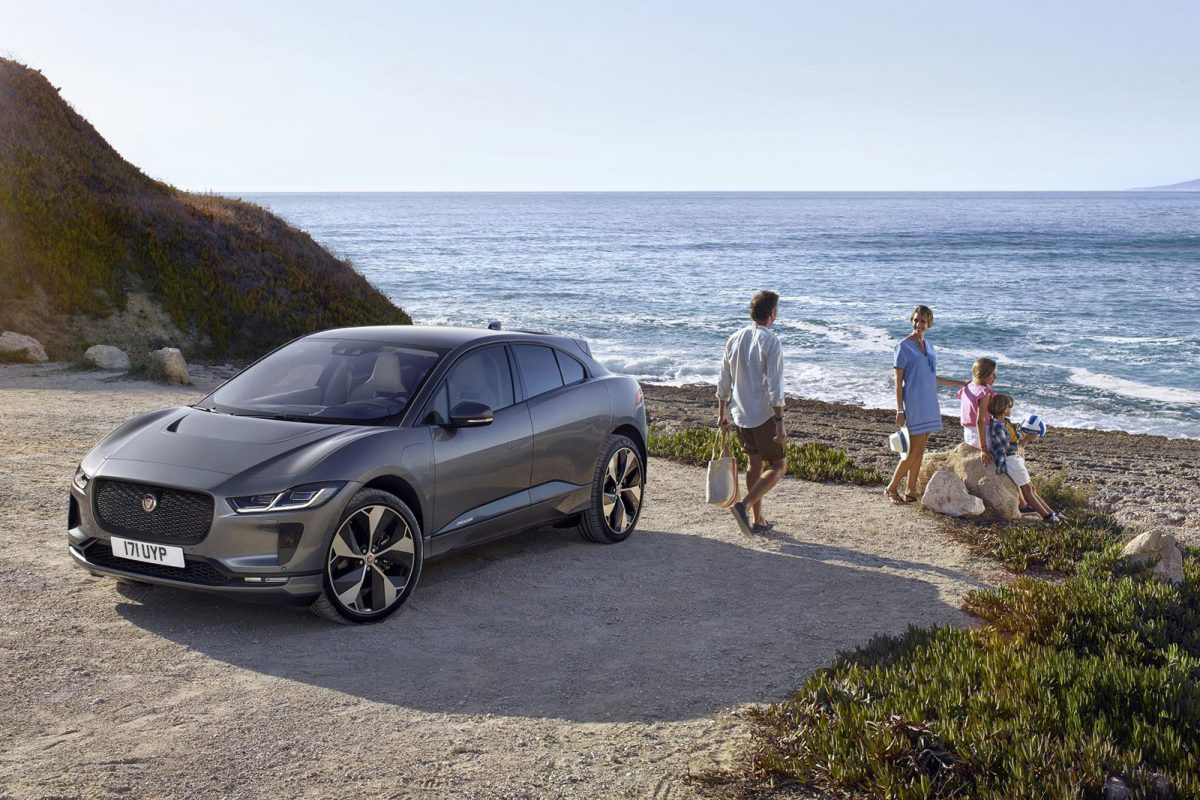
What about range? A few years ago this was a genuine problem. Electric vehicles would top out at approximately 120 kilometres. But as battery technology and vehicle efficiency improves, so too does the range of electric vehicles. The Hyundai Kona has a range of 449 kilometres. The lower priced Nissan Leaf has a range of 270 kilometres. The premium Tesla Model S has a range of over 550 kilometres. And the rate of improvement is rapid and predictable.
Furthermore, when charging takes 10 minutes, range is only as much of a concern as the availability of charging infrastructure. Building a ubiquitous network is not an inconsequential task. But in the history of great Australian infrastructure challenges, hardly rates. Electricity is almost everywhere you would take a car. That means charging infrastructure can also exist almost everywhere.
And, the number of organisations that have an incentive to build such infrastructure dwarves those that want to build petrol stations. Every shopping centre, supermarket, car park operator, hotel, commercial building, or local council will build charging stations so you spend time there. This means the cost of building electric vehicle charging infrastructure is shared among many groups, including individual owners. The government has a role in helping it along, but it won’t foot the whole bill.
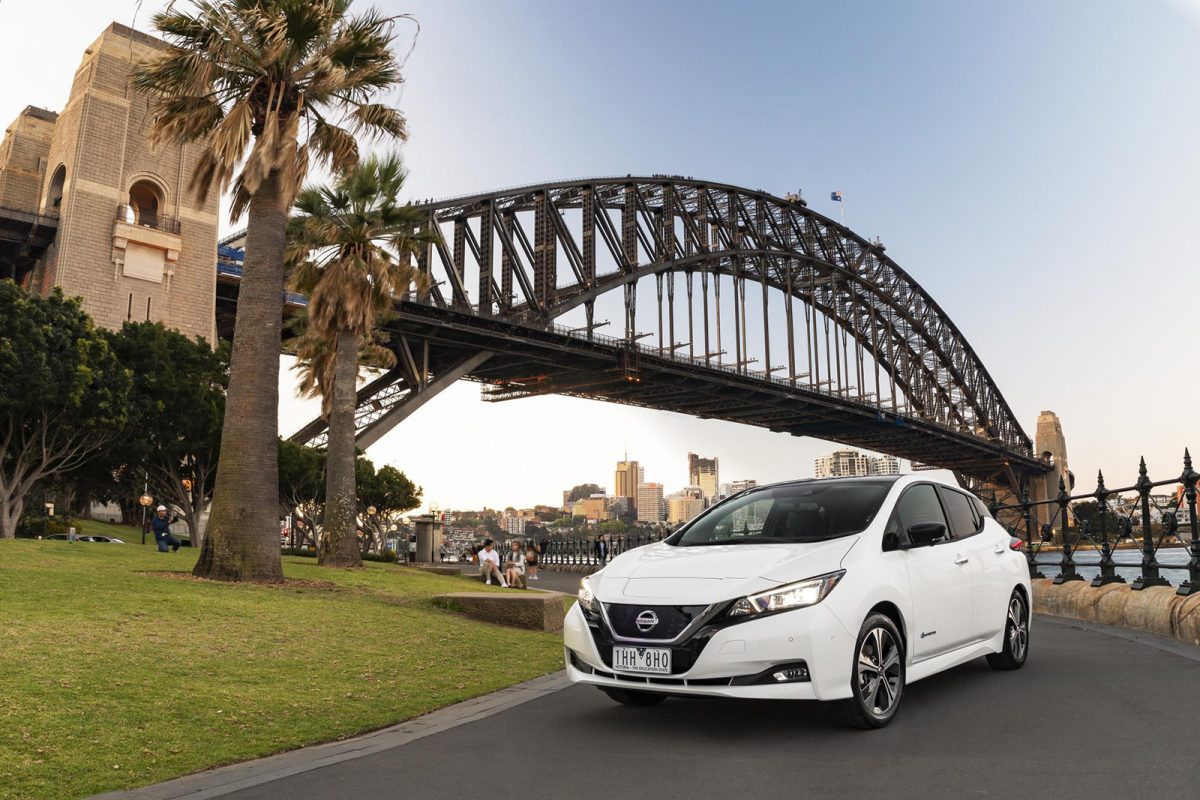
Australia also has a high proportion of people with access to off-street parking, which means the installation of such infrastructure is far easier than other parts of the world. And yet these other countries can still manage targets far more ambitious than ours.
So don’t buy the scare against electric vehicles. But also don’t be too worried by it. Because it matters little what local sceptics think. The world is already hurtling down a irreversible path to zero emissions transport. Electric vehicles will soon become cheaper than combustion engine cars. And they will also be quieter, more comfortable, safer, more fun, and better for the environment.
As Treasurer Josh Frydenberg astutely noted last year, electric vehicles are to conventional cars as smartphones are to the old mobile bricks. We could see dealer price parity as early as 2024. Any responsible government should see this coming and prepare. Australians should share in the economic and technological benefits of the electric vehicle revolution, instead of being late and passive consumers.
Behyad Jafari, chief executive of the Electric Vehicle Council
